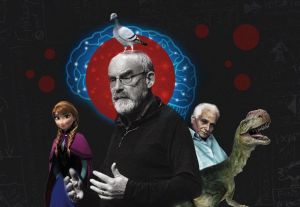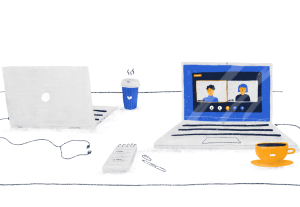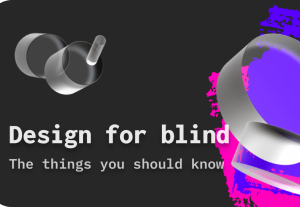- 3D Graphics and Interfaces, Accessibility, Behavioral Science, Customer Experience, Design, Design Tools and Software, Interaction Design, Interface and Navigation Design, Mobile Applications, Mobile Technology, Motion and Animation, Usability, UX Education, UX Magazine
Everything you need to know about what makes a button great.
Article by Domas Markevicius
Designing the Perfect Button
- Buttons are one of the main UI elements in interactive design and most businesses measure their success by button clicks.
- The author covers the principles for a good button design at Wix:
- Making a button clear
- Making a button findable
- Making a button identifiable
- Maintaining clear, predictable and simple text
- Using single icon buttons with caution
- Minding hierarchy and emphasis
Share:Designing the Perfect Button
Share this link
- November 1, 2022
7 min read







